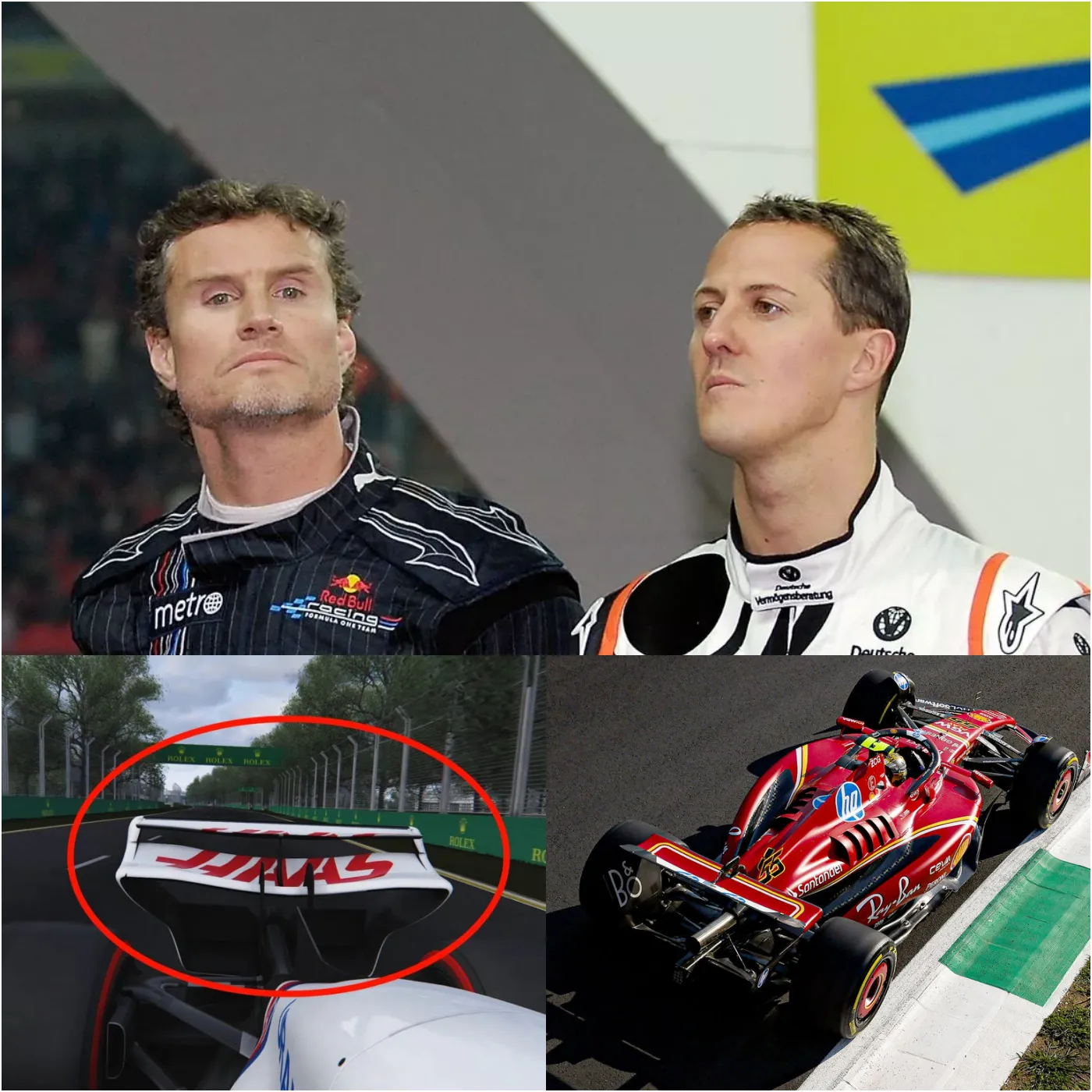The Drag Reduction System (DRS) has faced heavy criticism from Formula 1 figures David Coulthard and Eddie Jordan, who believe it compromises the integrity of racing. Introduced in 2011, DRS was designed to assist overtaking by reducing drag through an adjustable rear wing, but detractors claim it creates artificial competition and an uneven playing field.
What is DRS and Why is it Controversial?
DRS allows a driver within one second of the car ahead to activate a slot in the rear wing, significantly increasing straight-line speed. While the intent was to make overtaking easier, critics argue it detracts from the skill and strategy of traditional racing.
Eddie Jordan, during the Formula For Success podcast, labeled DRS as a “stupid rule” that undermines fair competition. He compared its impact to “having a boxer with one hand tied behind his back.” Jordan contends that overtaking should be earned through skill, not aided by “false” mechanisms like DRS.

David Coulthard Agrees: DRS Is Overly Effective
Coulthard, a 13-time F1 race winner, echoed Jordan’s sentiment, pointing to the wet-weather Brazilian Grand Prix as an example of exciting racing without DRS. “It was a brilliant race,” he said, emphasizing the thrill of watching drivers rely solely on their abilities. Coulthard suggested reducing the effectiveness of DRS to bring back the anticipation and challenge of overtaking.
Unfair Advantage or Strategic Tool?
Jordan described scenarios where DRS disrupts natural racing dynamics. Using a hypothetical situation, he explained how a driver like Lando Norris could lose a hard-earned lead simply because a trailing competitor activates DRS. “For me, that’s not a fight. That’s an unfair advantage,” Jordan asserted.
The criticism centers on the idea that DRS penalizes skilled drivers, giving their competitors an artificial boost rather than rewarding genuine racing talent.

The Future of DRS in Formula 1
DRS will remain in play until the end of the 2025 season, after which Formula 1 will transition to active aerodynamics under the 2026 regulations. These changes aim to create closer racing without relying on DRS, promising a more authentic and dramatic competition.
Conclusion
The debate over DRS underscores the broader challenge of balancing excitement with fairness in Formula 1. While it has undoubtedly facilitated overtaking, voices like Coulthard and Jordan highlight the need for solutions that preserve the sport’s authenticity. As the clock ticks toward 2026, the sport’s leaders will face pressure to ensure the next generation of F1 offers both thrilling and fair racing.



